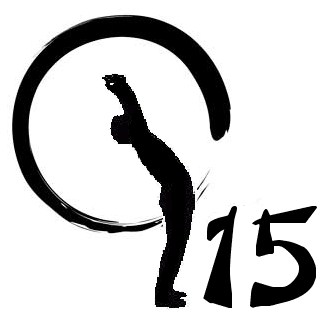The sad truth is that most people practicing Qigong today are not actually practicing Qigong.
To be specific they are practicing what I call Qigong form only. Why is this a problem?
Well let’s take a closer look. It is well known that the practice of Qigong gives the following 5 main benefits:
- Health and Vitality
- Longevity
- Internal Force
- Mind Expansion
- Spiritual Cultivation
But, many people who practice Qigong do not get these benefits because they have been practicing Qigong form and then, because they think they have been practicing Qigong they believe Qigong doesn’t work.
The truth is that Qigong form doesn’t work, apart from giving your body a gentle stretch and increasing blood flow. And whilst these can be beneficial activities in themselves they are considered ‘minor league’ when compared to the 5 benefits I’ve listed above. If you’re going to invest your time, and money in Qigong, make sure you’re practicing Qigong and not Qigong form.
So, what is the difference between Qigong and Qigong form and how can you tell if what you are practicing is indeed Qigong?

Let’s start by recapping what Qigong is:
Most Qigong is a composite of gentle external movements (qigong form), coordinated with the breathing and performed in a meditative state of mind, also known as a Qigong State of Mind (QSOM).
Qigong makes use of 3 Core Skills:
- Entering a QSOM – Think of this as entering a higher state of consciousness, at it’s lowest level it means being relaxed and focused.
- Energy Flow – Qigong form, performed in a QSOM, combined with the correct breathing results in Energy Flow. More poetically known as ‘Flowing Breeze Swaying Willows’ it is where the healing takes place. If your qigong practice does not have energy flow, then you’re are leaving virtually all of benefits to be had from the practice of Qigong on the table.
- Standing Mediation – Consolidating the results of your practice.
If your practice consists of moving from one qigong exercise to the next qigong exercise, often taking 30 minutes plus a session and has no Energy Flow then you are very likely practicing Qigong form and will not get the benefits of Qigong.
How can you tell if what you are practicing is Qigong?
You know if you are practicing Qigong because not only does it help you to overcome pain and illness, but it also makes you healthy and full of vitality. If you’ve been practicing for 3 months or more and haven’t’ noticed any improvements in your health, vitality, resistance to stress, etc then chances are you are practicing Qigong form only.
If you are practicing Qigong you will also feel energised at the end of your practice and not tired.
Why?
Because Qigong generates energy, whereas physical exercise uses energy.
What else?
Recall at the start where I wrote that Qigong is a composite of form, energy and mind? If you are only practicing form, then it is logical that you will only get the benefits of practicing form, which as already mentioned are similar to those of gentle exercise. Qigong has always been rare, whilst Qigong form is very common and easily available.
If after reading this post, you’ve decided you’d like to learn Qigong, I suggest you go here next.
Bye for now
Marcus James Santer
